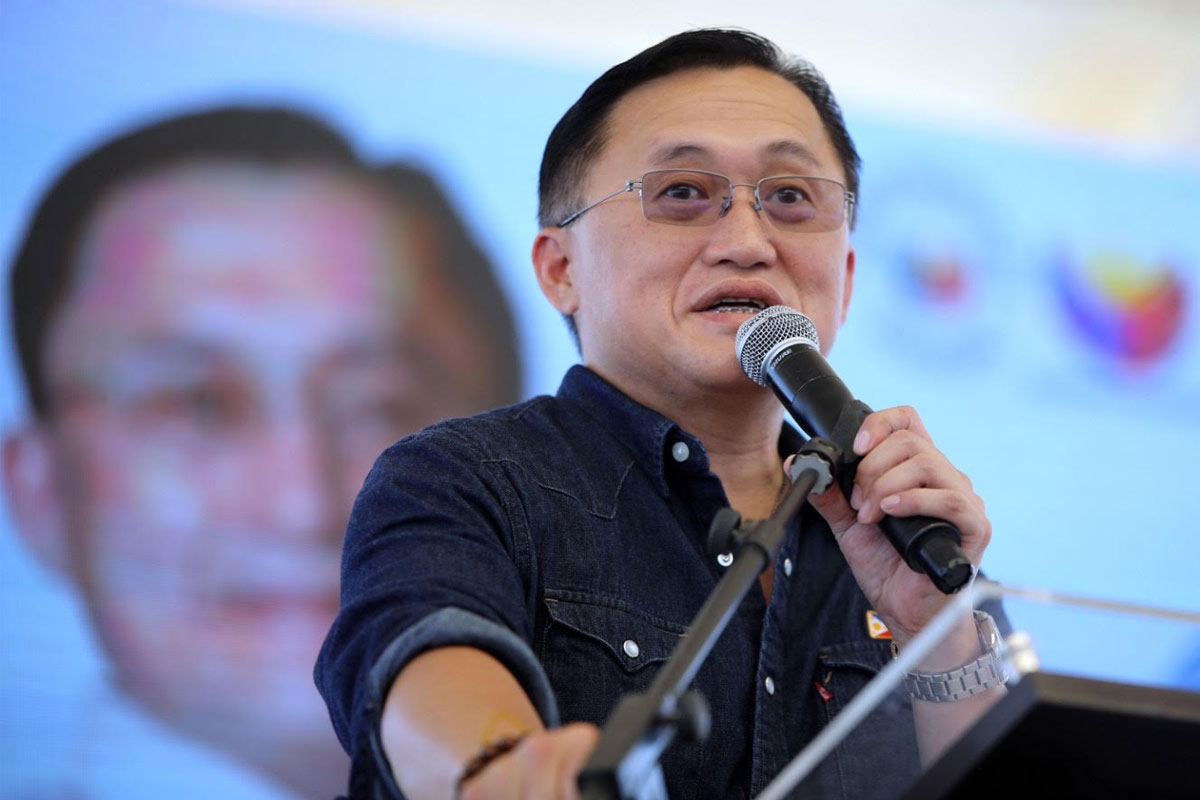
More ‘doktor ng bayan’ scholars in school year 2023-2024
THE number of scholars under Doktor Para sa Bayan program will be increasing by 150 percent, a House leader said.
Deputy Speaker and Batangas City Rep. Ralph Recto said at least 2,189 new taxpayer-funded free medical education slots will open in the 2023-2024 school year, raising the number to brigade size of 3,600.
“This is a 150% increase. We are supersizing the number of government scholars taking up medicine,” Recto, one of the authors of the bill, said.
Under Republic Act 11509, the Doktor Para sa Bayan Act, the state will pay for the tuition and other school fees of the scholars.
Medical scholars will study in 16 state universities and 16 private schools in 15 regions.
“Lahat ng rehiyon meron, maliban sa Caraga at MiMaRoPa, pero magkakaroon din doon kung meron nang ma-accredit na medical schools,” Recto said.
The expansion, from the current 1,411 slots, is made possible by a P917 million funding for the Commission on Higher Education, Recto explained.
Under the 2023 national budget, CHED is given P500 million for the “Medical Scholarship and Return Service Program” and P167 million as “Subsidy for Tuition Fees for Medical Students in State Universities and Colleges.”
In addition, a P250 million start-up fund to outfit participating SUCs with equipment and facilities has been included in the CHED budget.
“But this almost P1 billion for CHED is only a part of the equation. The Department of Health is also running its own M.D. scholarship program,” Recto said.
The DOH’s “Pre-Service Scholarship Program” covers not only aspiring physicians, but other allied health professionals.
Scholars are entitled to books, supplies, equipment, clothing, dormitory, and transportation allowance.
Insurance, internship, board review, and licensure fees will also be shouldered by the government.
In return for the free education, scholars will “repay the generosity of the Filipino people” by serving in designated communities and facilities after passing the medical board tests.
Recto said “this programmed scaling up of the production of more physicians heeds the lesson of the recent pandemic and a way to future-proof the country.”
Three years ago, when the Philippine population was just 106.9 million, the DOH said the country was already lacking 78,400 doctors, if the ratio of 10 doctors to 10,000 people is followed.
Producing doctors, though, isn’t just a solution to the current problem but an answer to future ones, he said.























